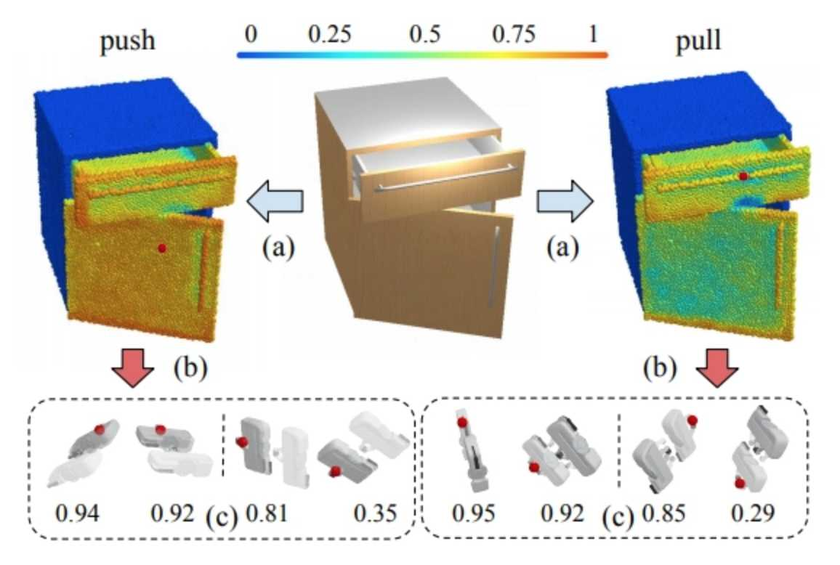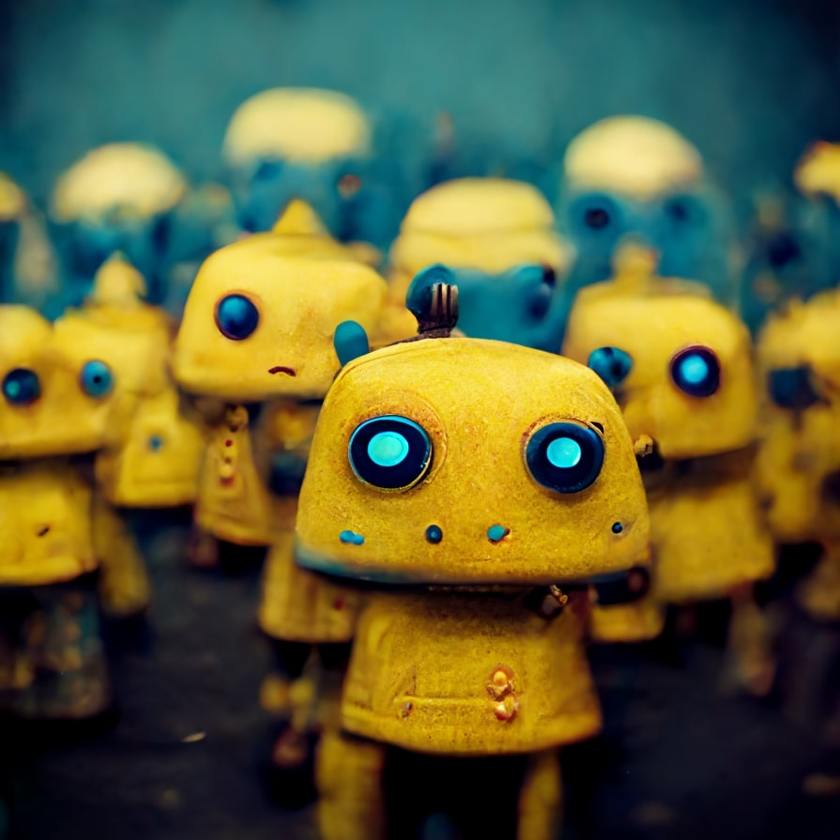
Stanford researchers propose AI that figures out how to use real-world objects
https://venturebeat.com/2021/01/08/stanford-researchers-propose-ai-that-figures-out-how-to-use-real-world-objects/
One longstanding goal of AI research is to allow robots to meaningfully interact with real-world environments. In a recent paper, researchers at Stanford and Facebook took a step toward this by extracting information related to actions like pushing or pulling objects with movable parts and using it to train an AI model. For example, given a drawer, their model can predict that applying a pulling force on the handle would open the drawer.

Hey, I am moving this community to https://artificial-intelligence.community
You are of course welcome to join for free. The new community offers more features like text chat, and webcam chat (using Zoom technology), proper user profiles with outbound follow links, meeting users by location/interest (both optional), and more.

Hey all, I started working on https://www.artificial-intelligence.video last week, let me know if you have suggestions for the site, please.
https://techxplore.com/news/2021-01-concept-whitening-strategy-image-recognition.html
Over the past decade or so, deep neural networks have achieved very promising results on a variety of tasks, including image recognition tasks. Despite their advantages, these networks are very complex and sophisticated, which makes interpreting what they learned and determining the processes behind their predictions difficult or sometimes impossible. This lack of interpretability makes deep neural networks somewhat untrustworthy and unreliable.
















